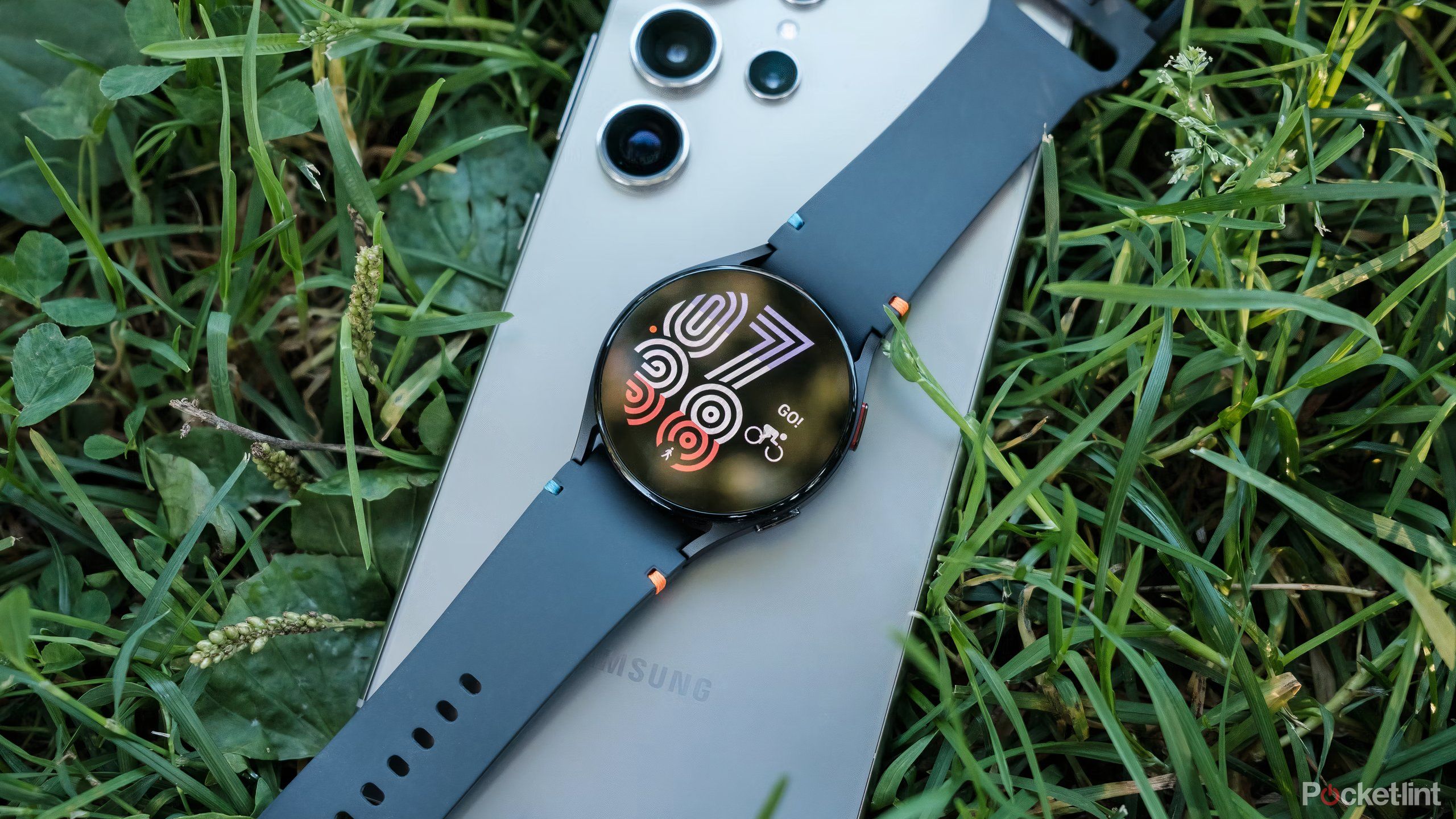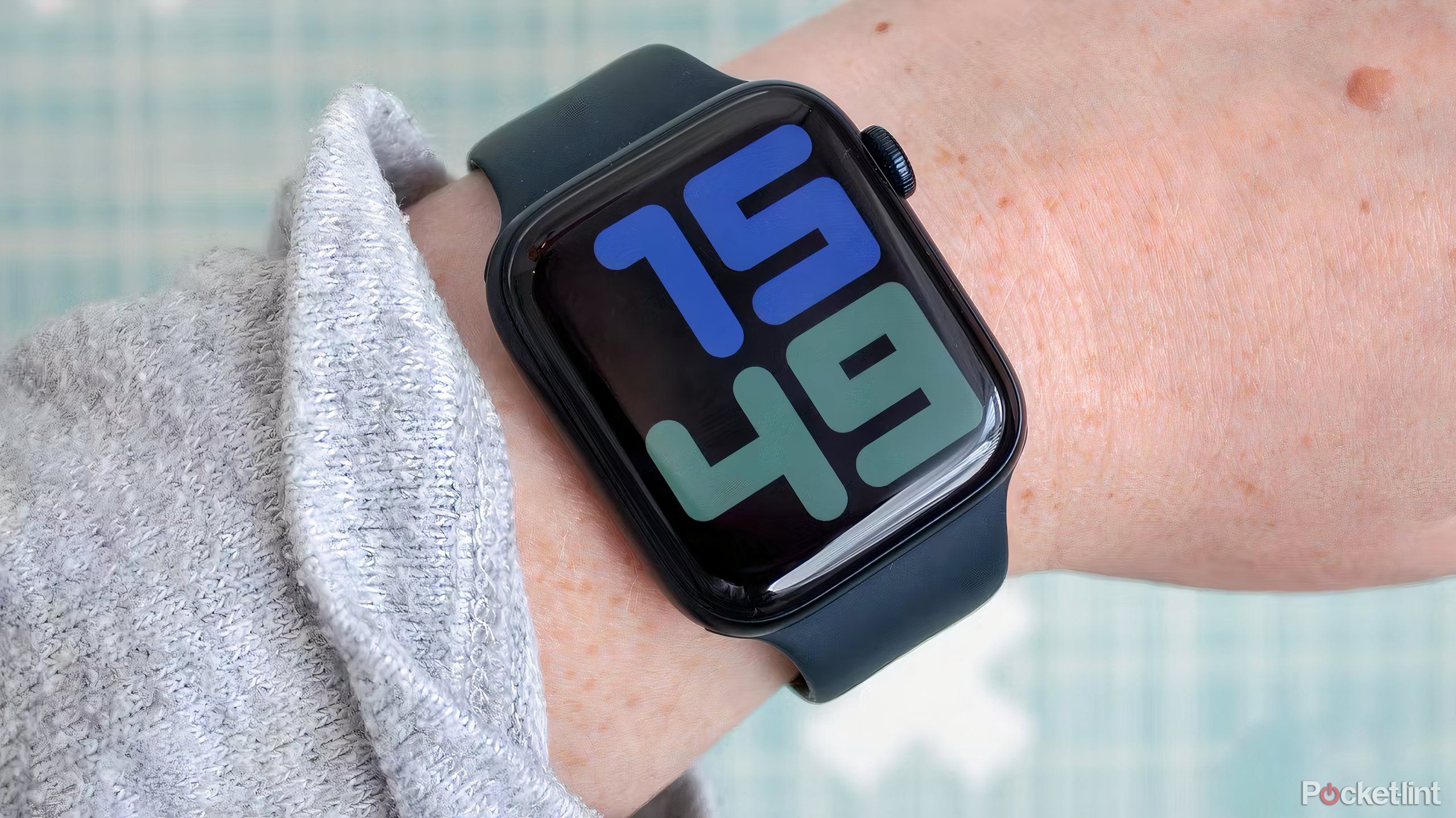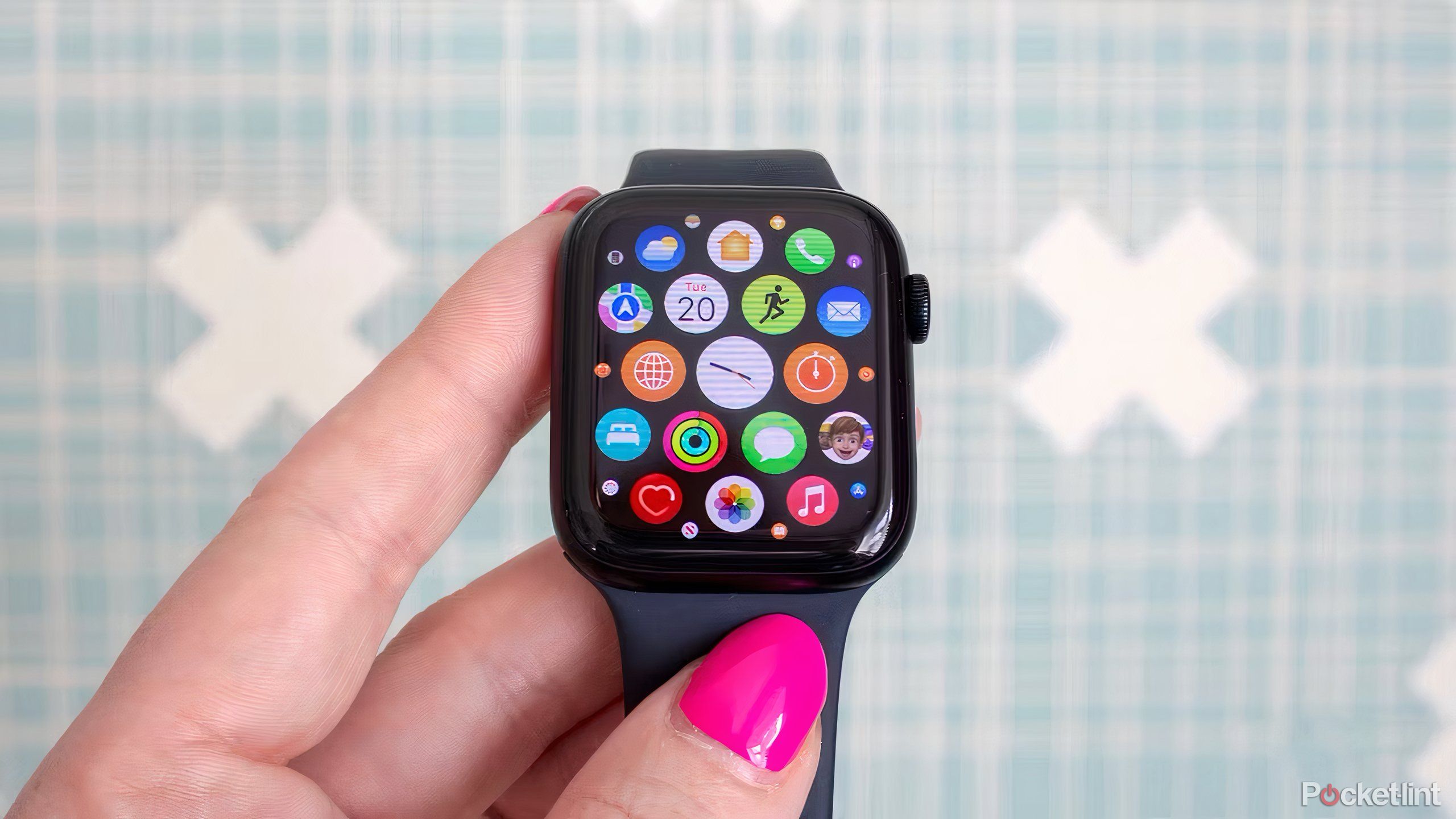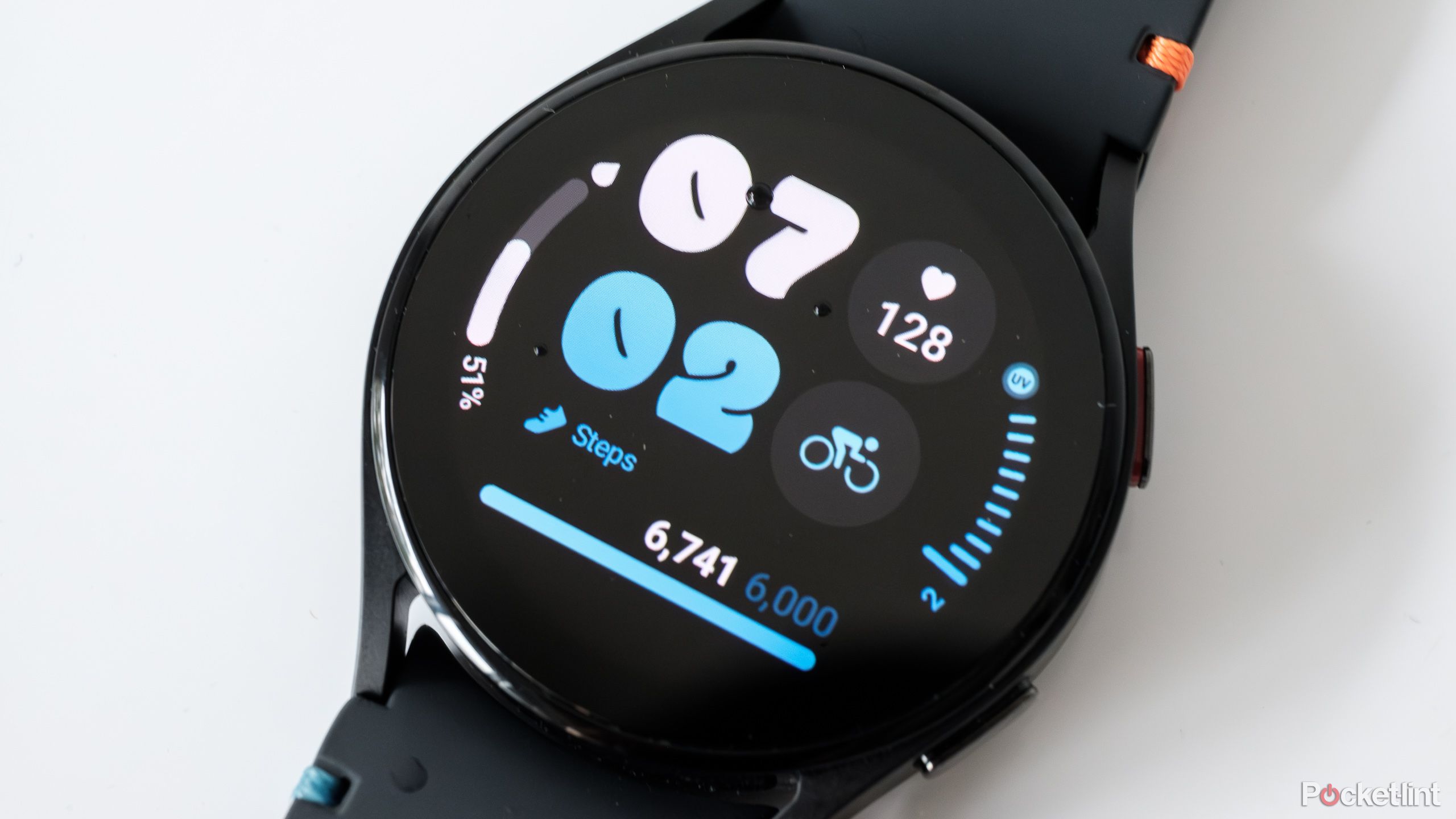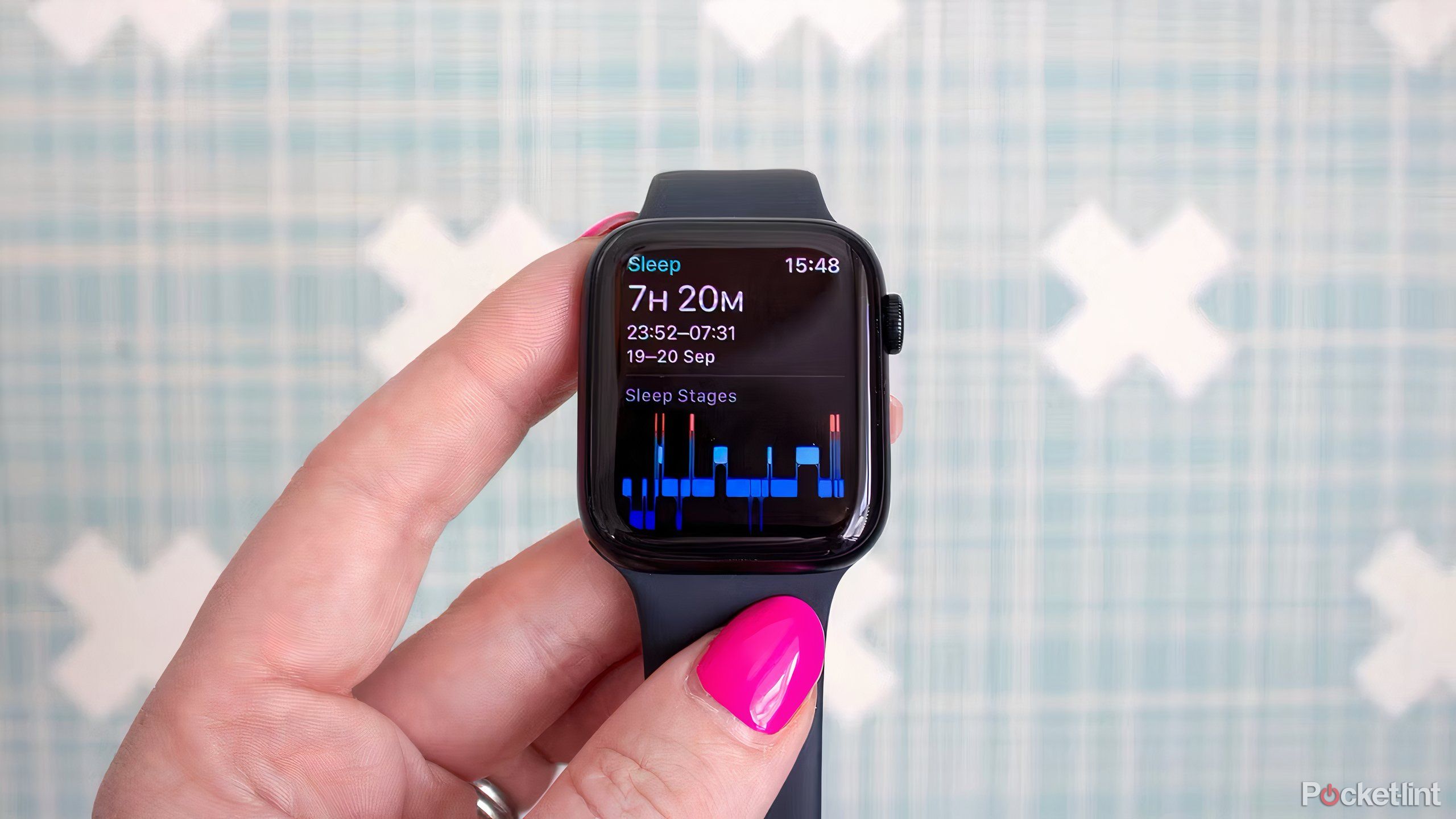-
Best overall affordable smartwatch
Samsung Galaxy Watch FE
The Galaxy Watch FE looks like the Galaxy 4, includes nearly all of Samsung’s most important sensors, and can be purchased for less than $300, making it one of the best budget smartwatches.
-
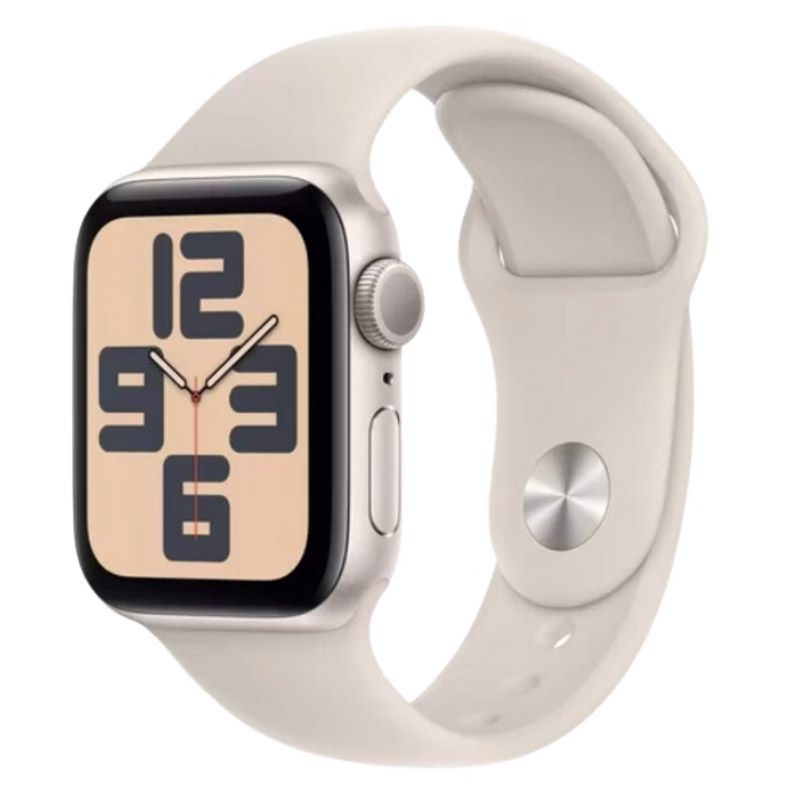
The Apple alternative (for now)
Apple Watch SE (2nd Gen)
The Apple Watch SE offers the key features of Apple’s more expensive smartwatches in a more affordable, if less flashy, body.
Having a smartwatch isn’t a necessity, but there are increasingly real benefits to be gleaned from having an accelerometer, heart rate monitor, and a small OLED screen strapped to your wrist. If you want the newest Apple Watch or Galaxy Watch available, you’re going to end up spending $400 or more, but you absolutely don’t have to. Both Apple and Samsung sell entry-level smartwatch options that get you all the most important features for less than $300.
The Apple Watch SE hasn’t been updated since 2022, but it still gets you the safety, health, and fitness features that have made Apple’s more expensive smartwatches incredibly popular. The Samsung Galaxy Watch FE is a newer addition to Samsung’s lineup, and it’s similarly equipped to handle exercise tracking and heart rate monitoring. The difference between the two watches comes down to their software ecosystem, and what health features their respective companies make available for cheap.
Price, availability, and specs
The current version of the Apple Watch SE was released in 2022 alongside the Apple Watch Series 8and the original. It’s still available now for $249 from online retailers like Amazon, Best Buy, and Apple itself, in either Midnight, Starlight, or Silver, though the final price can vary depending on the size of watch you choose. The 40mm option is $249, the 44mm option is $279, and getting either size with LTE brings the total to $299 or $329, respectively. You can also pay more to add in a premium watchband rather than the rubber and fabric options Apple pairs the watch with by default.
The Samsung Galaxy Watch FE or Fan Edition is even more recent than the Apple Watch. Samsung introduced the $200 smartwatch not long before the Galaxy Watch 7 and Galaxy Watch Ultra debuted. The company’s “Fan Edition” models usually pick some of the key features of Samsung’s flagship products and offer them at a lower price, and that’s basically the case with the Galaxy Watch FE. It’s in the body of an older Samsung smartwatch, with most of the sensors and software features of the company’s current model, in either Black, Pink, or Silver finishes.
Unlike the Apple Watch SE, Samsung only sells the Galaxy Watch FE in one single 40mm, which might be a concern if you think you need more screen space to tap and scroll. Then again, you’re getting a nicer always-on AMOLED screen on the Galaxy Watch FE, a key watch feature the OLED on the Apple Watch SE doesn’t offer. Both smartwatches use older chips to power their software. The S8 SiP is the brain of the Apple Watch SE, and the Exynos W920 runs the show on the Galaxy Watch FE. Neither component gets in the way of recording a workout or swiping through messages, but the Galaxy Watch FE is less battery-efficient and a bit more visually sluggish in comparison to Apple’s watch. For a look at how the rest of the specs stack up, look through the table below:
-
Samsung Galaxy Watch FE Apple Watch SE (2nd Gen) Brand Samsung Apple Operating System Wear OS Powered by Samsung watchOS Onboard GPS Yes Yes Lens Material Sapphire cyrstal Ion-X front glass Case size 40 mm 40mm, 44mm Colors Black, Pink Gold, Blue Midnight, Starlight, Silver Display Super AMOLED full color always on display Retina LTPO OLED display Storage 16GB 32GB Battery 247mAh Up to 18 hours Connectivity LTE, Bluetooth 5.3, Wi-Fi 802.11 a/b/g/n 2.4+5GHz, NFC GPS, GNSS, Galileo, GZSS / LTE / Wi-Fi 4 / Bluetooth 5.3 / NFC Durability 5 ATM, IP68, MIL-STD-810H Water resistance 50m (swimproof) Health sensors Samsung BioActive Sensor (Optical Heart Rate + Electrical Heart + Bioelectrical Impedance Analysis), Accelerometer, Barometer, Gyro Sensor, Geomagnetic Sensor, Light Sensor Second-generation optical heart sensor, compass, always-on altimeter, accelerometer, gyroscope Dimensions 39.3 x 40.4 x 9.8 mm 40mm x 43mm x 10.7mm Weight 26.6 g 26.4g (GPS), 27.8g (GPS + Cellular) Mobile payments Yes Yes (Apple Pay)
Designs from a previous generation
Both Apple and Samsung are reheating smartwatch leftovers
One of the key ways Apple and Samsung have chosen to cut costs for their entry-level smartwatches is by selling them in the bodies of older smartwatches that they’ve already created at scale. The Galaxy Watch FE features the flat round screen, prominent bezels, and the general shape of the original Galaxy Watch 4. It’s sleek, with an aluminum frame and a premium sapphire glass front that should protect the watch from basic bumps and scratches. On the side there’s also two buttons, one that powers the device on and off, and a back key for going back in an app or pulling up Samsung Pay.
Reusing the basic design of the Galaxy Watch 4 means that the Galaxy Watch FE is also compatible with a wide swath of watch bands of different types and materials. And that includes third-party bands not made by Samsung. You really get the advantage of a mature ecosystem when you opt for one of these entry-level watches. The kinks have been worked out and the good accessories are already available.
The Apple Watch SE has similar advantages. Apple uses a case that’s identical to the original Apple Watch Series 4and 5, just with new colors, and improved internals. Apple’s smartwatch is rectangular, with “Ion-X” glass covering the display, a digital crown on one side usable for navigating through interfaces or pulling up Siri, and a bottom button for summoning Control Center or Apple Pay. Apple’s smartwatch is less watch-like visually (it also has a noticeable black bezel), but at this point it’s common enough that most people won’t bat an eye.
Ultimately, design is subjective, but if you’re looking for a smartwatch that might blend in more with normal mechanical watches, the Galaxy Watch FE is the better pick…
Ultimately, design is subjective, but if you’re looking for a smartwatch that might blend in more with normal mechanical watches, the Galaxy Watch FE is the better pick, with more than a few pluses on the hardware side, too, like an always-on display that keeps your watch face front and center, and extra protection from harder front glass. The Apple Watch SE’s advantage is the real depth of Apple’s accessory ecosystem. There are so many watch band options for the Apple Watch SE that even if you don’t like how the watch itself looks, you can still customize it to your liking.
watchOS vs Wear OS are focused on offering similar functionality
You’ll get most of the same smartwatch features whether you opt for Samsung or Apple
Both the Apple Watch SE and the Galaxy Watch FE run the full-fat versions of their respective operating systems. Any missing features on either watch can be attributed to the hardware limitations of either device (primarily screen size and missing sensors) and not the decision to cut something out of the software to keep features exclusive to either company’s “Pro” smartwatches.
Apple’s watchOS is designed to run simple apps, display and interact with glanceable information (via complications and Smart Stack widgets), manage and respond to notifications, and track your health and fitness. It’s in many ways a miniaturized version of iOS, where a watch face is your home screen, rather than a grid of apps (though watchOS does have a grid of apps if you want to use it). Apple expects you to access a lot of the information your Apple Watch SE can display by diving into apps — widgets are present, but secondary to what a good app can display — which might not be to everyone’s taste. An Apple Watch SE with LTE support can run as its own device free from a dedicated iPhone if you set it up via the Apple Watch for Your Kids feature, and that’s a good indication of how independent a watchOS device can be.
Samsung’s version of Wear OS is much more focused on scrolling through glanceable widgets rather than dealing with apps. A lot of what you can accomplish on Wear OS can be done just by scrolling through the operating system’s various widgets. Samsung and Google prioritize making information highly visible with simple text and clear colors. Samsung gets a little wilder with it in comparison to Google or Apple, but ultimately, you’ll be able to do the same thing on the Apple Watch SE that you can on the Galaxy Watch SE. Apple’s watch is just designed to look and feel more like its own device rather than a window into the apps on your phone.
Neither operating system is better than the other at this point, but unless you’re heavily invested in Apple’s ecosystem, Google services have more easily accessible and reliable information than Apple’s take on the same features and apps. I’d still take Gmail and Google Maps over Mail and Apple Maps.
Heart-rate monitoring, sleep tracking, and workout apps
There’s at least one feature that only Samsung has
Samsung Health, the app on Android devices you’ll have to use to wear a Galaxy Watch FE, can wrangle measurements and data covering everything related to body composition, heart rate, sleep, and blood oxygen saturation. The Galaxy Watch FE lacks a temperature sensor, which could limit its functionality down the road (sometimes temperature is used in cycle tracking, for example), but the watch itself covers all the most important health stats.
The Galaxy Watch FE can also track a pretty wide range of workout types, technically 100 different exercise types, and includes more technical training features like heart rate zone training, too. Samsung also has a very robust sleep tracking feature, with a dedicated sleep score (themed around different animals) and sleep coaching if you need strategies for getting a good night’s rest.
If you’re curious about Samsung Health and don’t want to wear a watch, the
Samsung Galaxy Ring
tracks nearly all the same metrics as the Galaxy Watch FE.
The Apple Watch SE doesn’t offer Apple’s ECG feature, can’t measure body temperature, and can’t track anything related to your blood oxygen levels — something missing from all new Apple Watches due to the company’s ongoing legal troubles. Beyond that, though, you’re getting the same Apple Watch experience on an SE that you’d get on an Apple Watch Series 9. Siri might be a little bit slower because of the S8 SiP, but the rest should be more than satisfactory.
Apple’s sleep tracking is a bit less helpful than Samsung’s, but an Apple Watch SE should work well for tracking workouts and helping athletes of all levels with their training. Apple’s watch is also particularly good if you’re looking for software features that will keep you safe. Crash Detection and Irregular Heart Rhythm notifications can both go a long way towards caring for your long-term health and safety. If there’s a major disadvantage to what the Apple Watch SE offers, it’s that Apple pushes you towards subscriptions. If you want a guided workout or meditation, you’ll have to subscribe to Apple Fitness+ if you want your Apple Watch to track it.
Battery life could differ greatly the longer you own an affordable smartwatch
Apple has Samsung beat on battery life
A smartwatch is only as good at its battery life. You only benefit from all of these health tracking features if you’re able to wear your watch long enough to collect actionable information. That typically takes a battery that lasts longer than a day. Both the Apple Watch SE and the Galaxy Watch FE are designed to get over 12 hours of battery life, but where things get tricky is when you bring workout and sleep tracking into the mix. The more you’re actively engaging your smartwatch’s sensors, the faster the battery will drain.
In general, the Apple Watch SE can last longer than the 18 hours of battery life Apple claims it has. If you track multiple workouts and wear your watch to bed though, you’ll typically fall much closer to Apple’s estimates. Apple’s watch doesn’t charge quickly, but you can get to 80% battery with 90 minutes of charging, which could keep you in the green if you charge while you get ready for the day. In general, Apple’s custom silicon is power efficient, too, which works in the Apple Watch SE’s favor.
Samsung doesn’t really advertise a specific battery life for the Galaxy Watch FE other than the fact that it’s “all-day.” In our review we found that it would typically last around 34 hours with moderate use, but could quickly drain if workout tracking is brought into the picture. The Galaxy Watch FE has two specs that could make this battery performance an even bigger problem in the future. The Exynos W920 is an older processor than what’s on Samsung’s current smartwatches, and it’s generally more power-hungry. The Galaxy Watch SE also has the smallest battery of the smartwatches Samsung sells at 270mAh. Combined, these could severely limit the battery life of the Galaxy Watch FE over time, especially as Wear OS gets new, more demanding features.
Which affordable smartwatch is right for you?
There are almost certainly cheaper smartwatches available for purchase than the Apple Watch SE or the Galaxy Watch FE, especially if you’re willing to drop most “smart” features in favor of just purchasing a nice fitness tracker. The real advantages of going with one of Apple or Samsung’s watches, beyond the money the companies spend on materials and design, are the long-term software support they’ll likely get, and the accessories that third-party companies have already made.

Samsung Galaxy Watch FE
The Galaxy Watch FE looks like the Galaxy 4, includes nearly all of Samsung’s most important sensors, and can be purchased for less than $300, making it one of the best budget smartwatches.
When you take into account the features Samsung offers, the sleek and durable design of its watch, and even the obvious limitations its battery could pose, the Galaxy Watch FE is the best affordable smartwatch. You’ll need to be on Android and using Samsung’s apps to use it, but such is the nature of our highly bifurcated digital lives. Samsung’s $199.99 starting price is really just too good to ignore. That’s a lot of smartwatch for less than the price of most cheap smartphones.
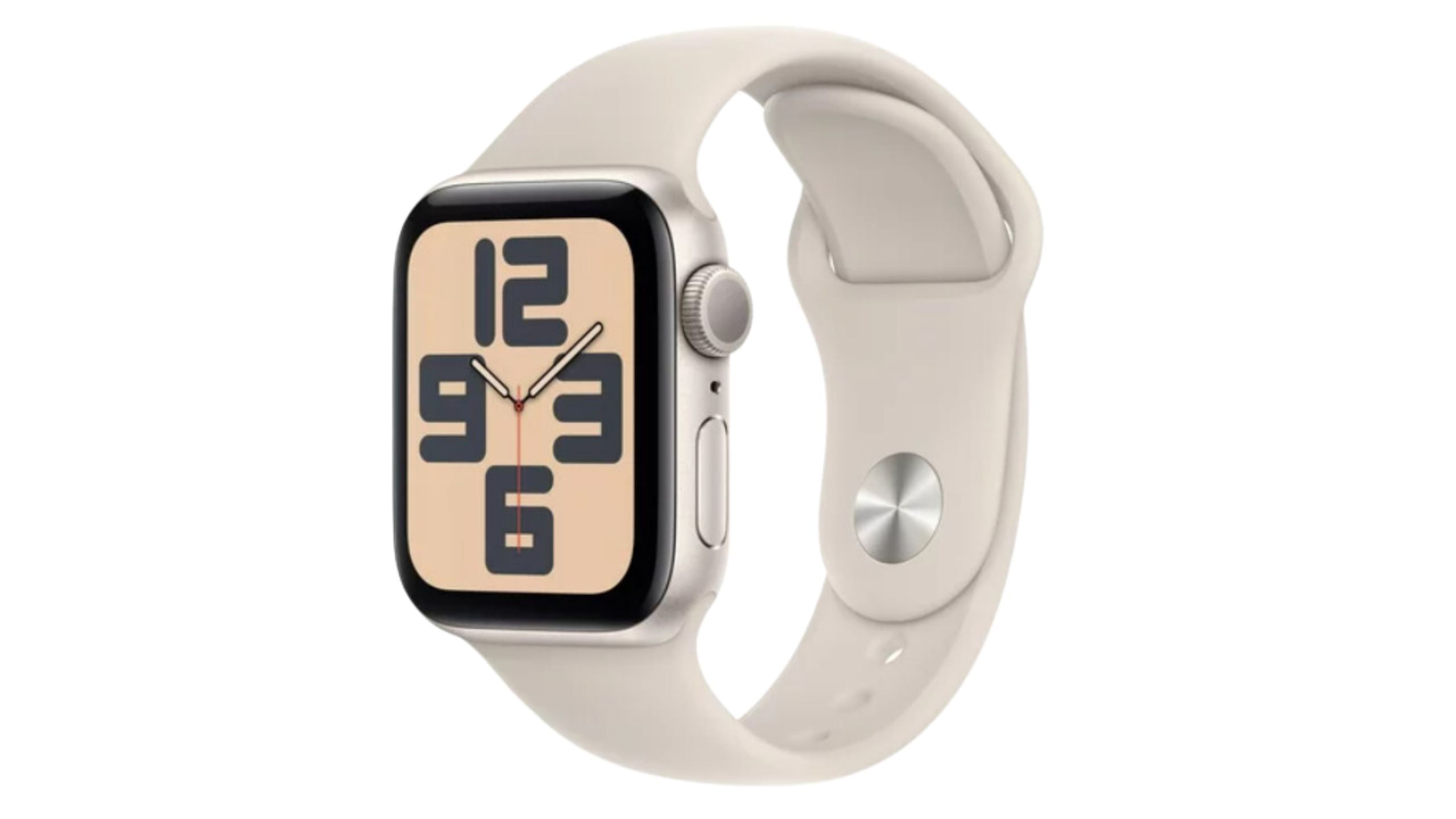
Apple Watch SE (2nd Gen)
The Apple Watch SE offers the key features of Apple’s more expensive smartwatches in a more affordable, if less flashy, body.
The Apple Watch SE isn’t a slacker in comparison, it’s just less of a deal in terms of price, even if Apple offers a highly polished smartwatch experience at this point. Timing is a real concern here, too. Apple is expected to update the Apple Watch SE as early as the first half of 2025, so at the time of writing, it would be hard to recommend a current SE (even at a discount) until we know what you might be missing on the new model.
FAQ
Q: Why should I wait for a new Apple Watch SE?
Mainly because Apple is rumored to be redesigning the body of the watch and could include new features that aren’t available on the current model. The company is rumored to be offering colorful plastic bodies for its new Apple Watch SE, which would be more kid-friendly and honestly, adult-friendly too, if you’re bored with Apple’s conservative color choices.
Trending Products

Cooler Master MasterBox Q300L Micro-ATX Tower with Magnetic Design Dust Filter, Transparent Acrylic Side Panel, Adjustable I/O & Fully Ventilated Airflow, Black (MCB-Q300L-KANN-S00)

ASUS TUF Gaming GT301 ZAKU II Edition ATX mid-Tower Compact case with Tempered Glass Side Panel, Honeycomb Front Panel…

ASUS TUF Gaming GT501 Mid-Tower Computer Case for up to EATX Motherboards with USB 3.0 Front Panel Cases GT501/GRY/WITH Handle

be quiet! Pure Base 500DX ATX Mid Tower PC case | ARGB | 3 Pre-Installed Pure Wings 2 Fans | Tempered Glass Window | Black | BGW37

ASUS ROG Strix Helios GX601 White Edition RGB Mid-Tower Computer Case for ATX/EATX Motherboards with tempered glass, aluminum frame, GPU braces, 420mm radiator support and Aura Sync

CORSAIR 7000D AIRFLOW Full-Tower ATX PC Case â High-Airflow Front Panel â Spacious Interior â Easy Cable Management â 3x 140mm AirGuide Fans with PWM Repeater Included â Black


